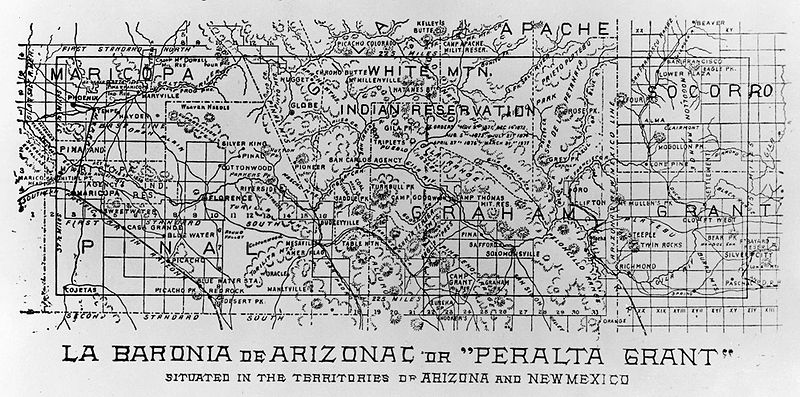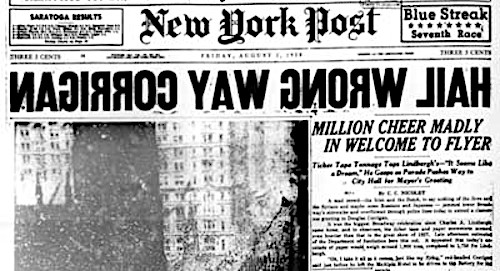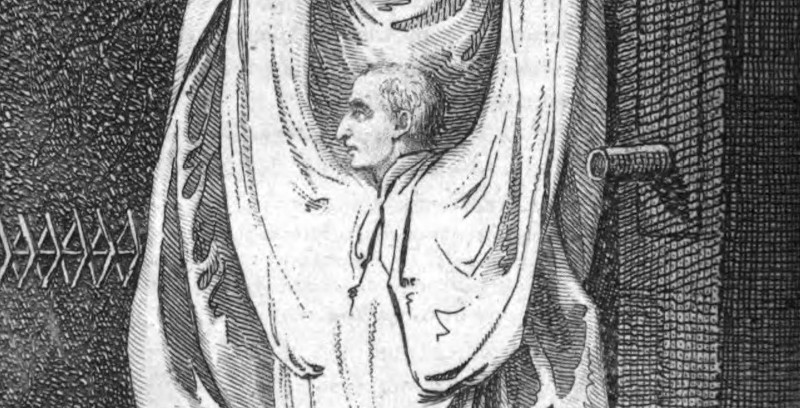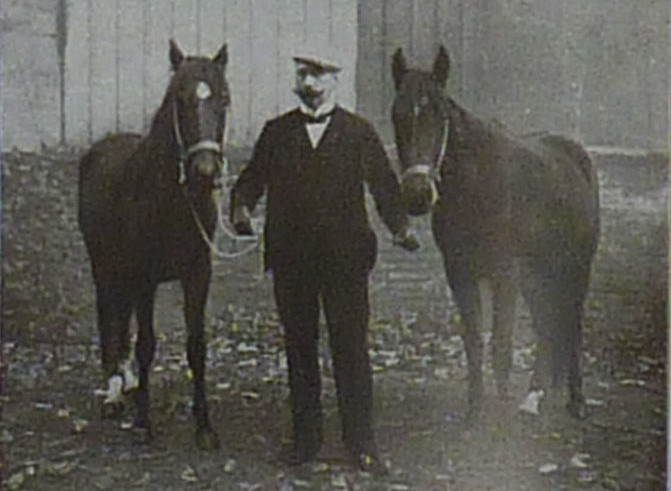How does an outfielder know where to run in order to catch a fly ball? Previously it had been thought that the fielder estimates the ball’s arc, acceleration, and distance; predicts where it will land; and runs straight to that spot.
“That was a really elegant solution,” Kent State psychologist Michael McBeath told the New York Times in 1995. “The only problem is that keeping track of acceleration like that is something that people are very bad at.”
McBeath and his colleagues analyzed fly balls and catches visually, mathematically, and subjectively from the players’ perspective, using a video camera. They found that fielders learn to run so that the ball follows a straight line in their visual field. “If you are faster than the critter you are trying to catch, if you can keep the prey on a simple path in your vision — hold it as if it’s moving in a straight line in your eye — then you’ll catch it.”
Among other things, this explains why fielders sometimes collide with walls when chasing uncatchable home runs. They haven’t calculated in advance where the ball will come down; instead they’re following an algorithm that’s directing them, accurately, to a landing point that’s not on the field.
(Michael K. McBeath, Dennis M. Shaffer, and Mary K. Kaiser, “How Baseball Outfielders Determine Where to Run to Catch Fly Balls,” Science 268:5210 [1995], 569-573.) (See Shortcuts.)






